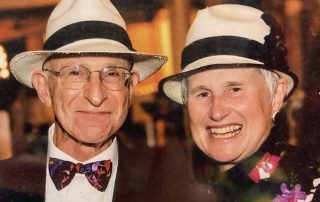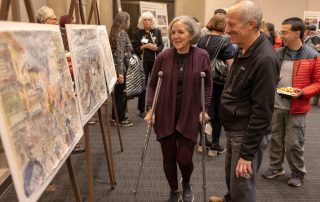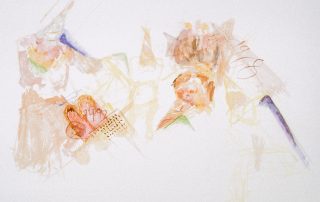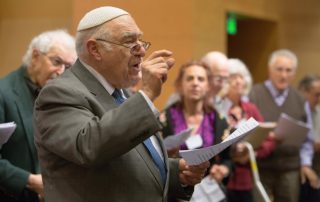Sustainers’ Circle Spotlight: Harvey J. Sadis & Harriett M. Cody
This past year, in the wake of the Sephardic Studies Program’s 10th anniversary, Harvey J. Sadis and Harriett M. Cody, a retired King County Superior Court judge, created the Jean and Joseph Sadis Sustainers Fund in Sephardic Studies as part of the newly launched Sustainers’ Circle, which represents the next stage of philanthropic support for SSP (Sephardic Studies Program).








